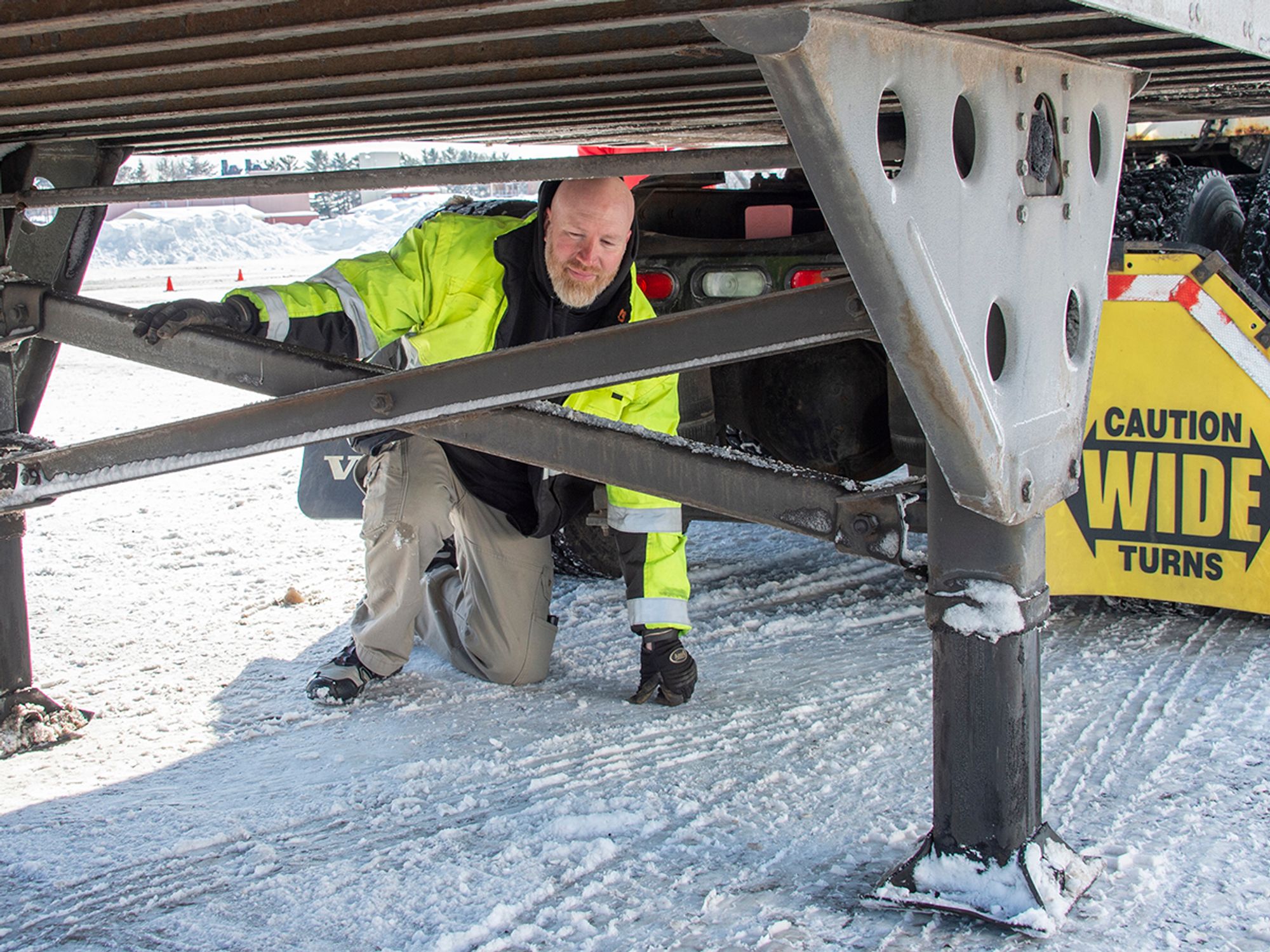Cold exposure

- Workers who work in a cold environment are at risk of cold stress, especially if they spend extended periods there.
- All employers with employees exposed to cold work environments must take steps to mitigate cold stress, as a hazard covered under the General Duty Clause of the OSH Act of 1970.
Anyone working in a cold environment may be at risk of cold stress. Some workers may be required to work outdoors in cold environments and for extended periods — for example, snow cleanup crews, sanitation workers, police officers and emergency response and recovery personnel (like firefighters), and emergency medical technicians. Cold stress can be encountered in these types of work environments.
What constitutes extreme cold and its effects can vary across different areas of the country. In regions that are not used to winter weather, near-freezing temperatures are considered “extreme cold.” A cold environment forces the body to work harder to maintain its temperature. Whenever temperatures drop below normal and wind speed increases, heat can leave the body more rapidly.
What’s the standard number?
Cold exposure is covered under the Occupational Safety & Health (OSH) Act of 1970, Section 5(a)(1), known as the General Duty Clause. This requires employers to provide all of their employees with work and a workplace that are free from recognized hazards that are likely to cause death or serious harm.
Who must comply?
Although the Occupational Safety & Health Administration (OSHA) does not have a specific standard that covers working in cold environments, employers have a responsibility to provide workers with employment and a workplace that are free from recognized hazards, including cold stress, that are causing or are likely to cause death or serious physical harm to them (Section 5(a)(1) of the Occupational Safety and Health Act of 1970). Employers should, therefore, train workers on the hazards of the job and safety measures to use, such as engineering controls and safe work practices, that will protect workers’ safety and health.
Key definitions
- Cold stress occurs by driving down the skin temperature and eventually the internal body temperature (core temperature). This may lead to serious health problems and may cause tissue damage and possibly death.
- The cold stress equation is defined by OSHA as follows: low temperatures + wind speed + wetness = injuries and illness.
- Frostbite is an injury to the body that is caused by freezing of the skin and underlying tissues. The lower the temperature, the more quickly frostbite will occur. Frostbite typically affects the extremities, particularly the feet and hands. Amputation may be required in severe cases.
- Hypothermia occurs when body heat is lost faster than it can be replaced and the normal body temperature (98.6 degrees F) drops to less than 95 degrees F. Hypothermia is most likely at very cold temperatures, but it can occur even at cool temperatures (above 40 degrees F) if a person becomes chilled from rain, sweat, or submersion in cold water.
- Trench foot or immersion foot is caused by prolonged exposure to wet and cold temperatures. It can occur at temperatures as high as 60 degrees F if the feet are constantly wet. Non-freezing injury occurs because wet feet lose heat 25 times faster than dry feet. To prevent heat loss, the body constricts the blood vessels to shut down circulation in the feet. The skin tissue begins to die because of a lack of oxygen and nutrients and due to the buildup of toxic products.
- Wind chill is the temperature the body feels when air temperature and wind speed are combined. For example, when the air temperature is 40 degrees F and the wind speed is 35 mph, the effect on the exposed skin is as if the air temperature was 28 degrees F.
